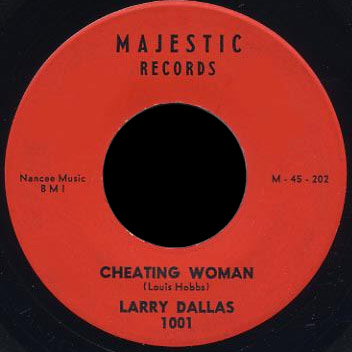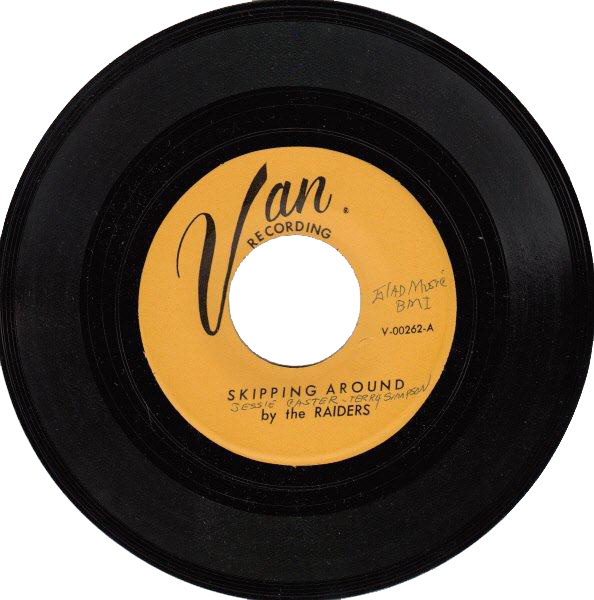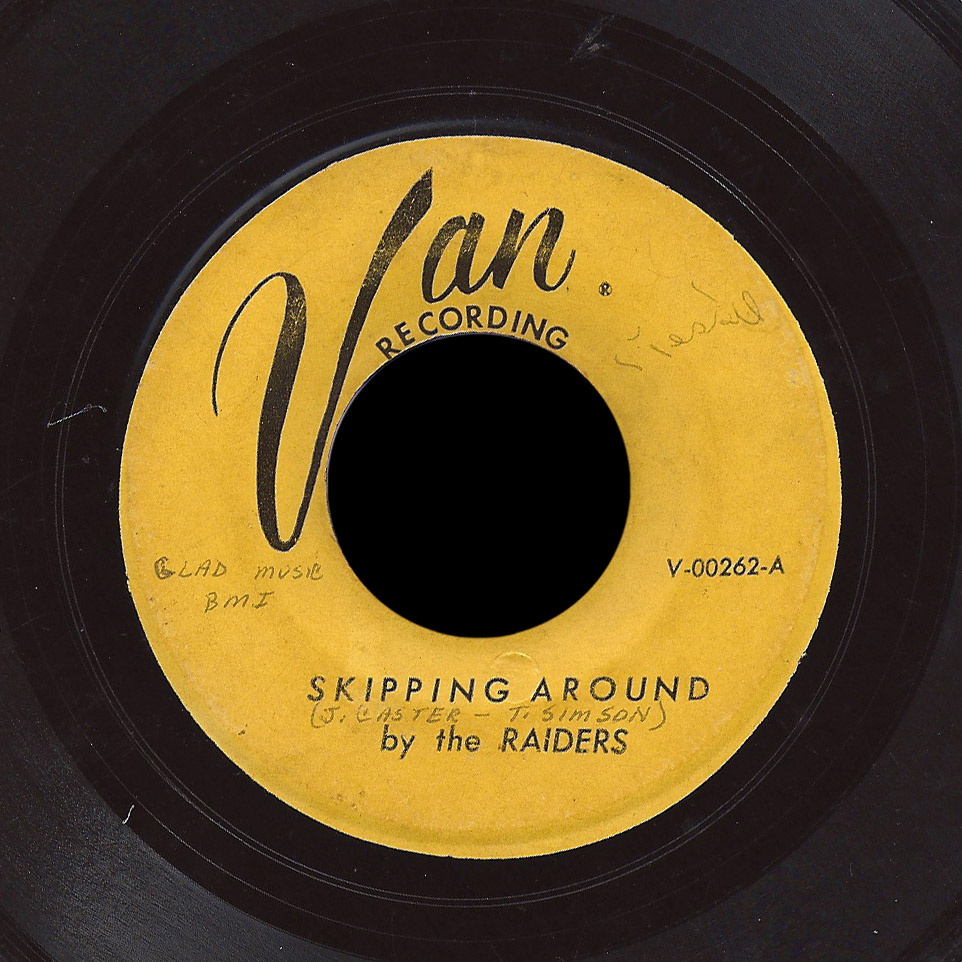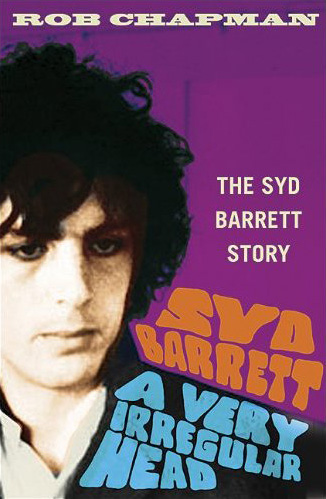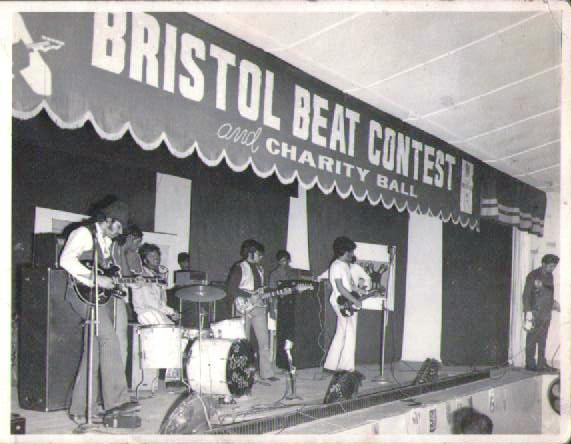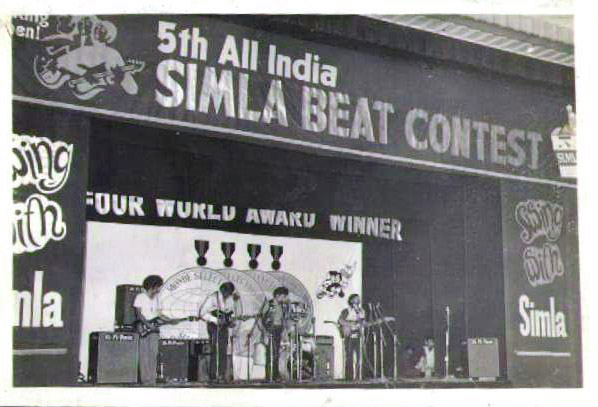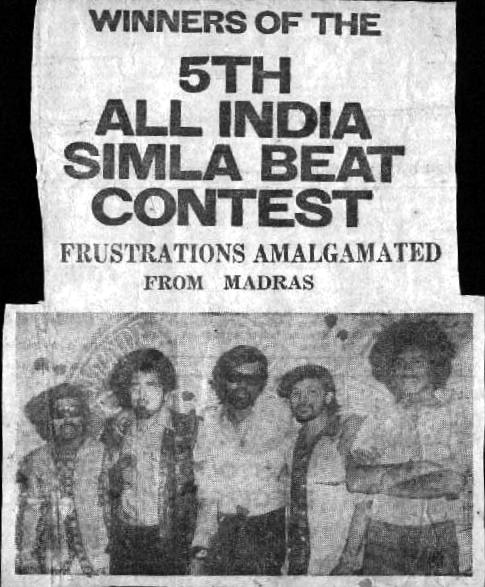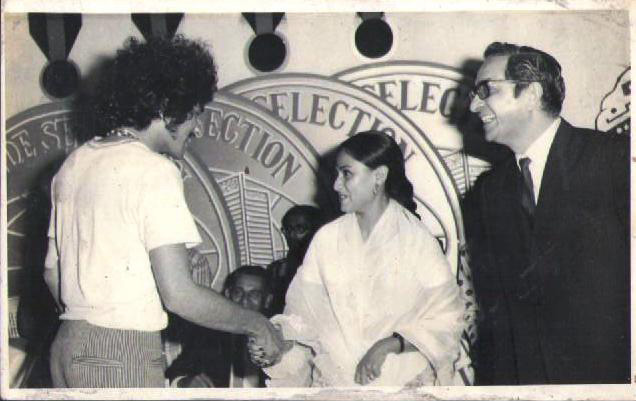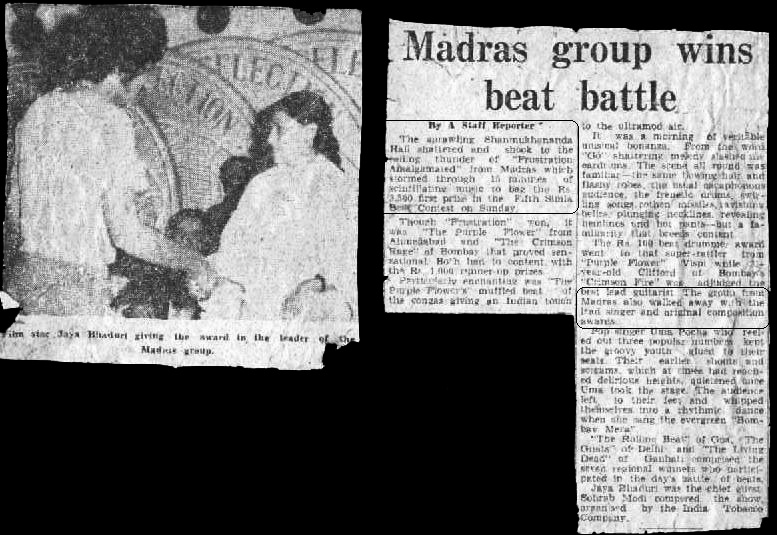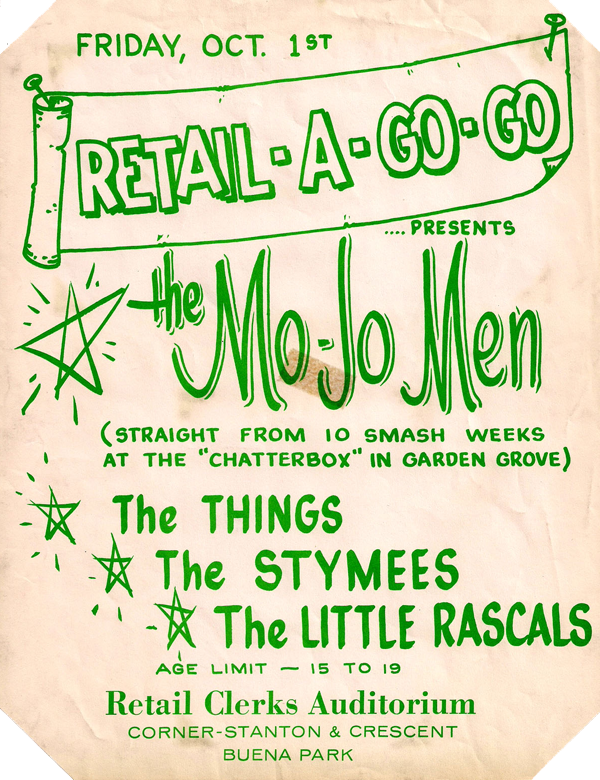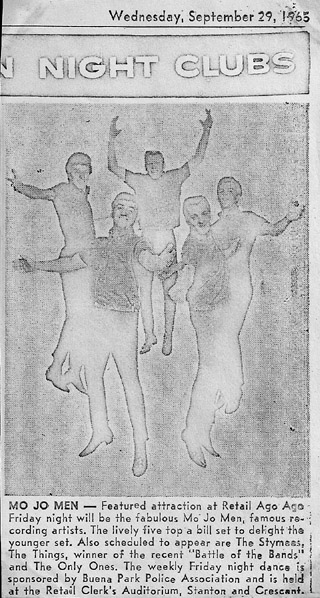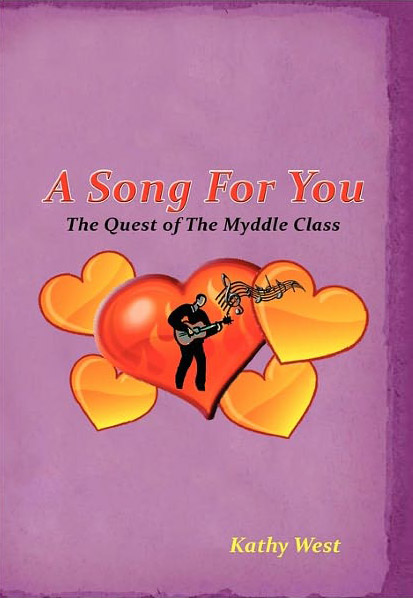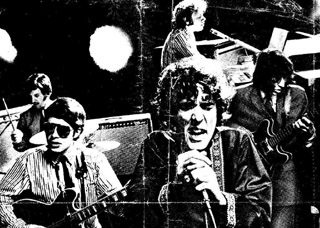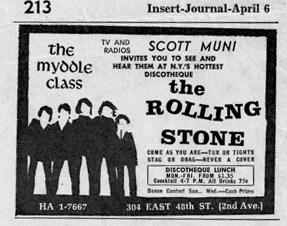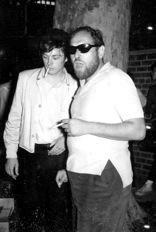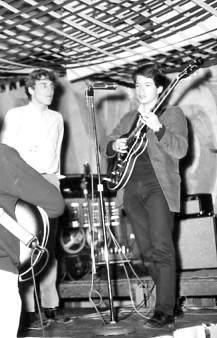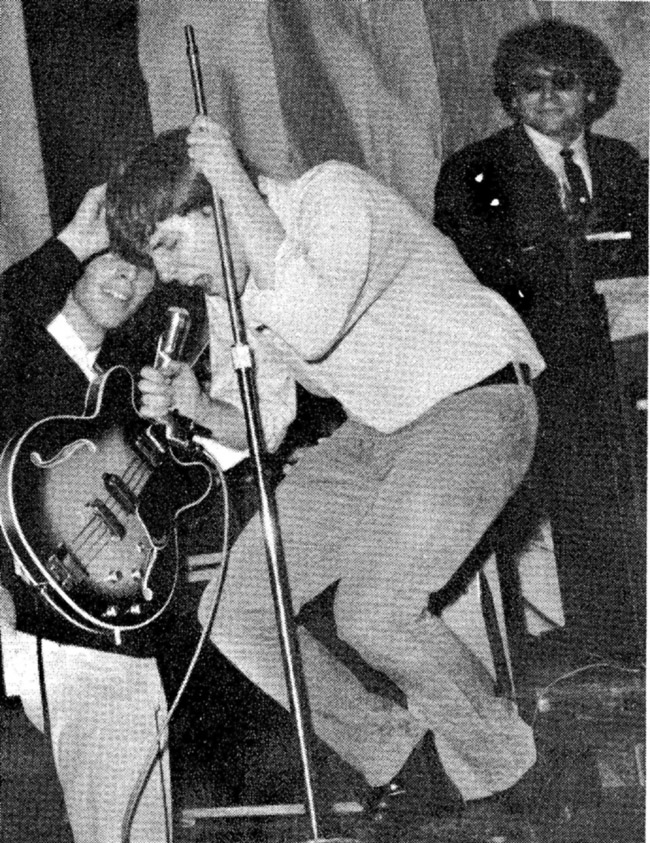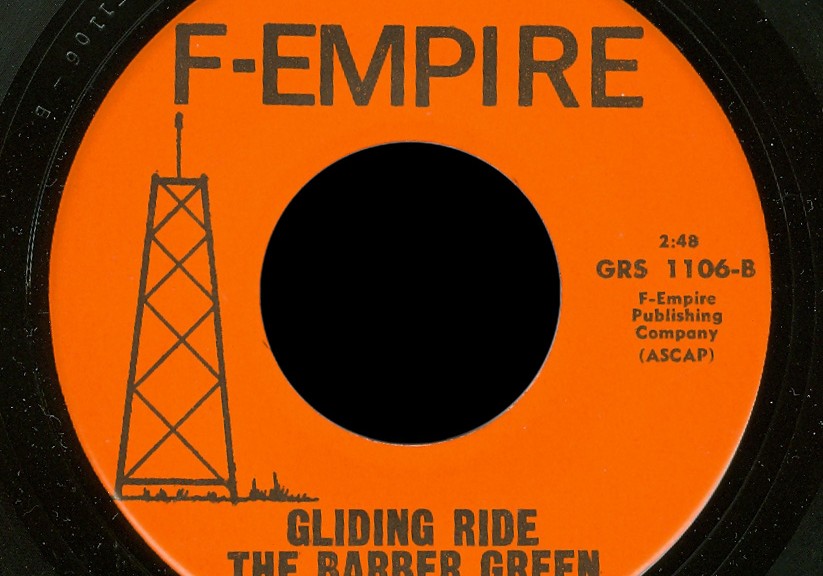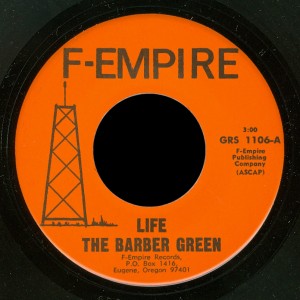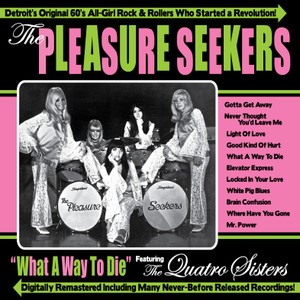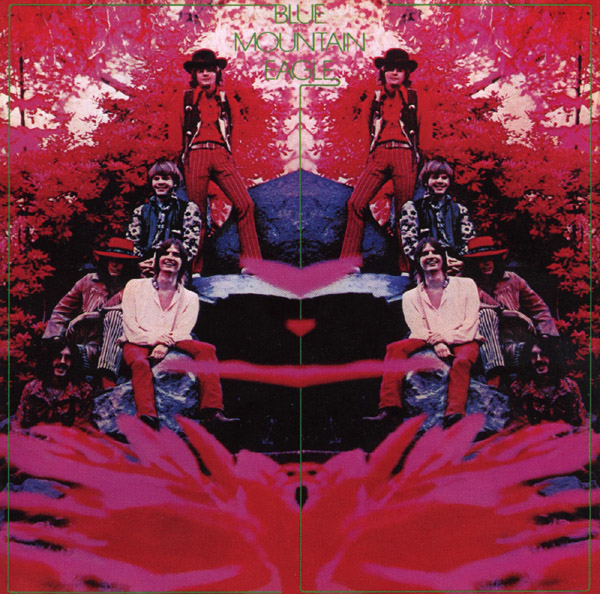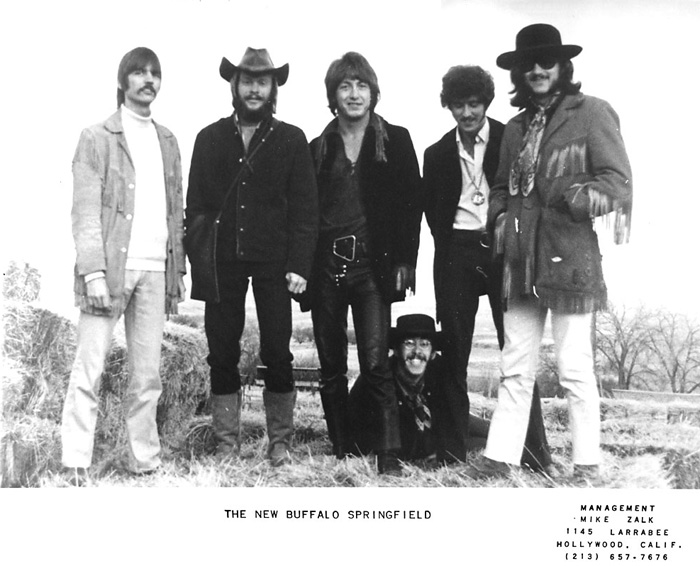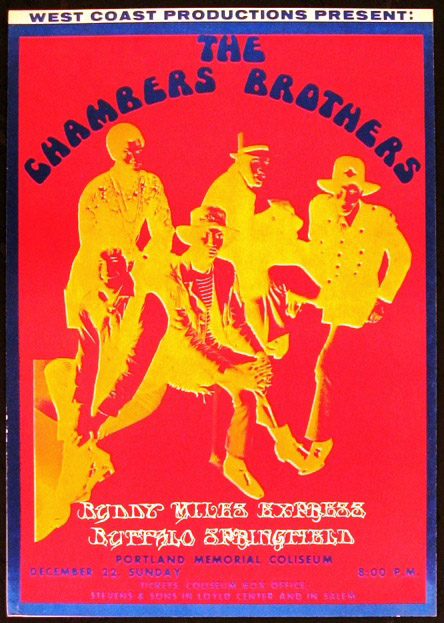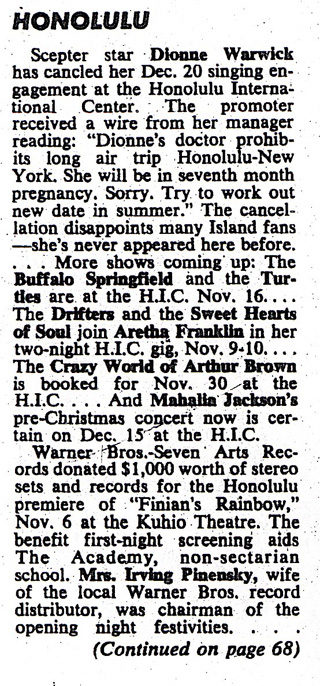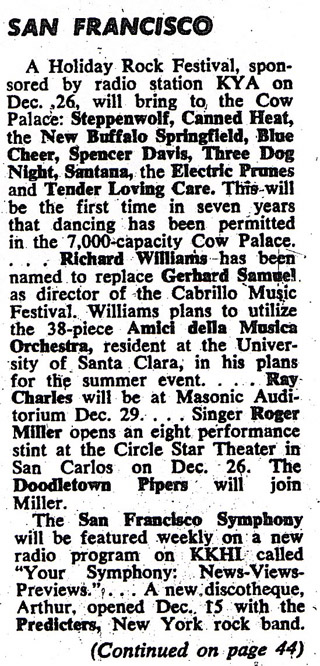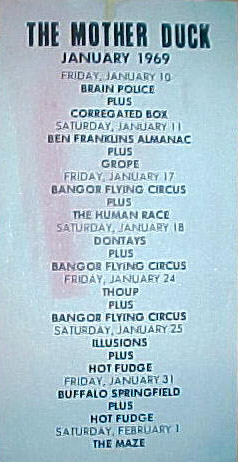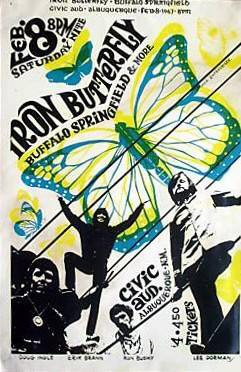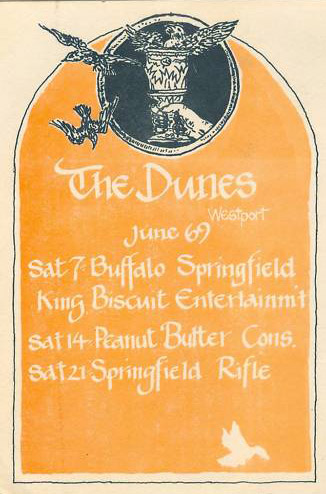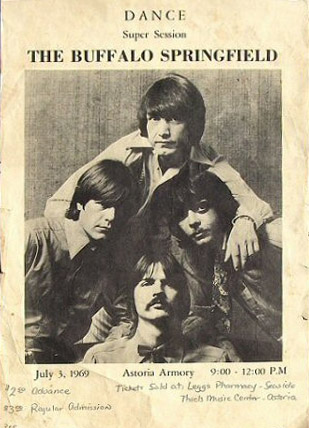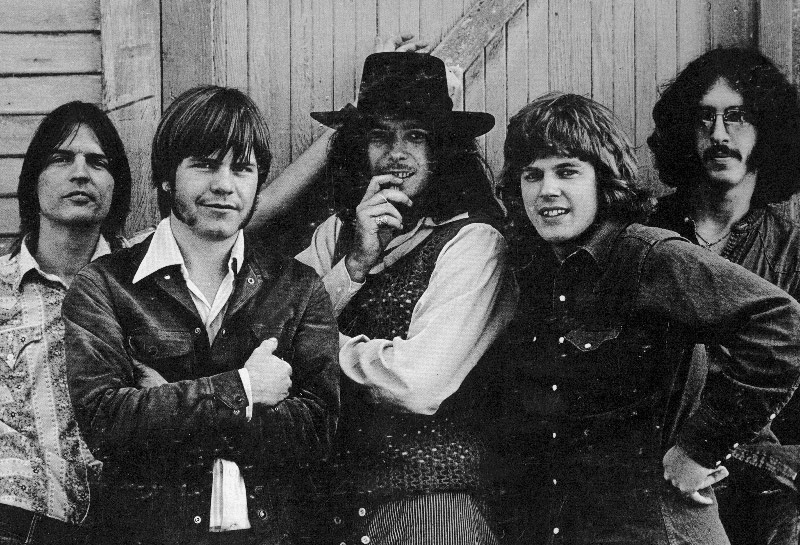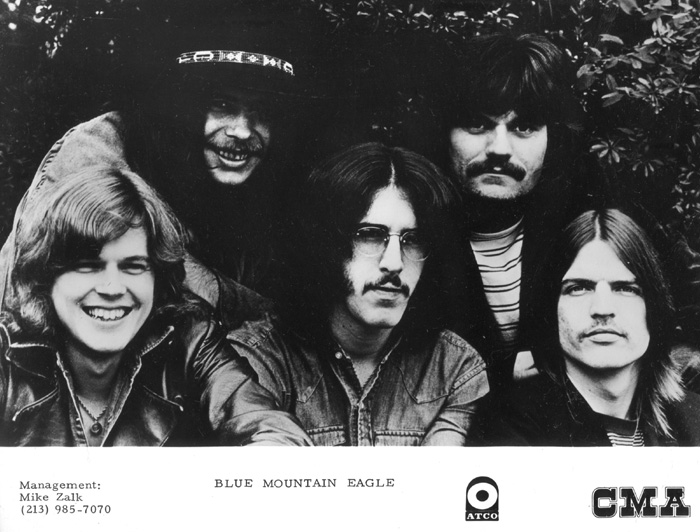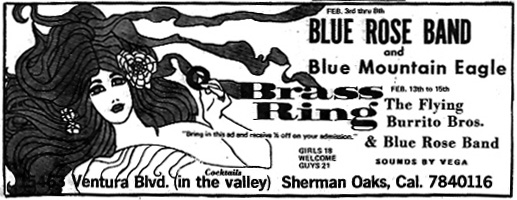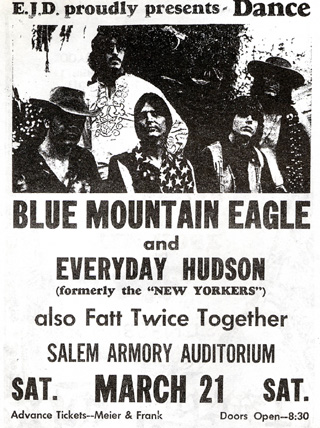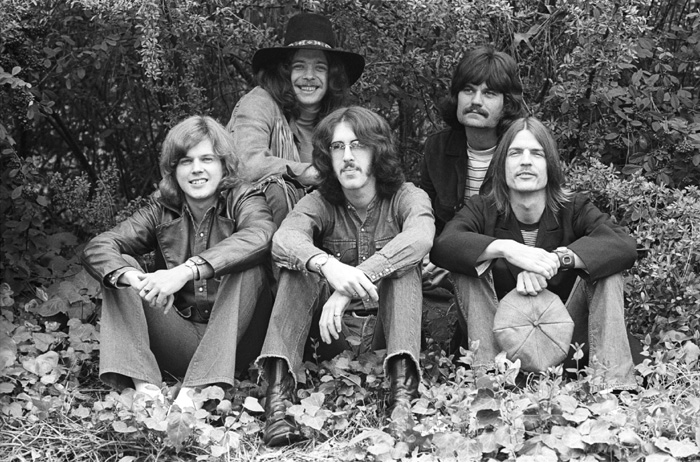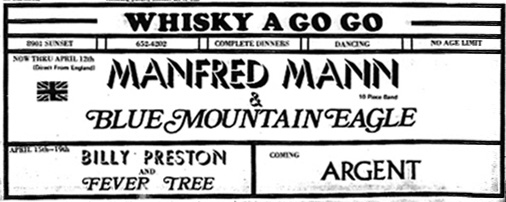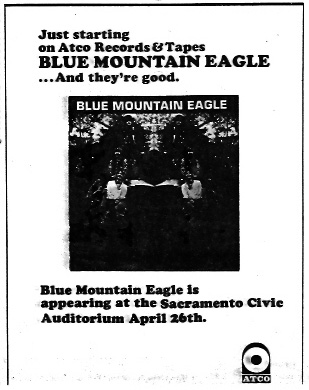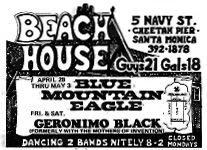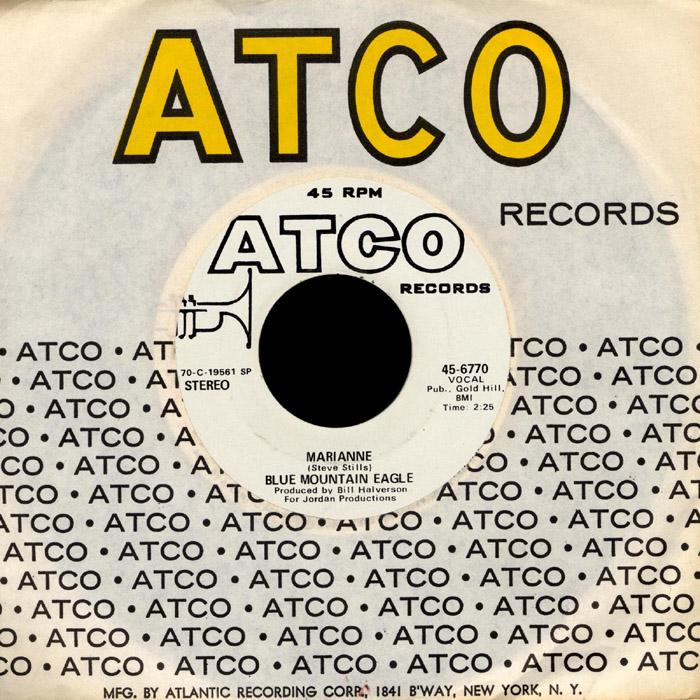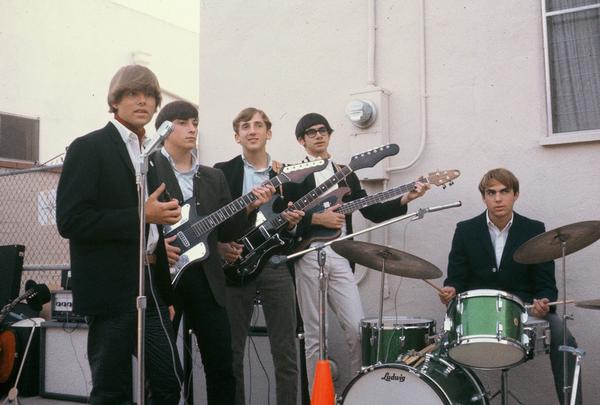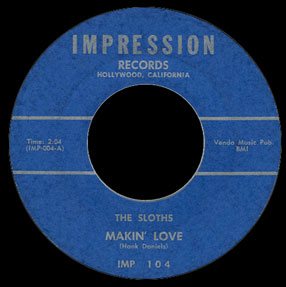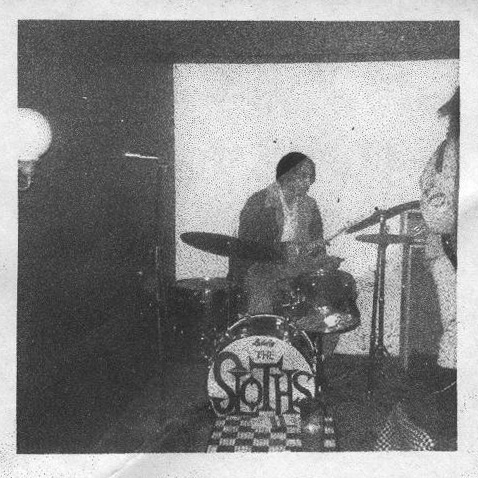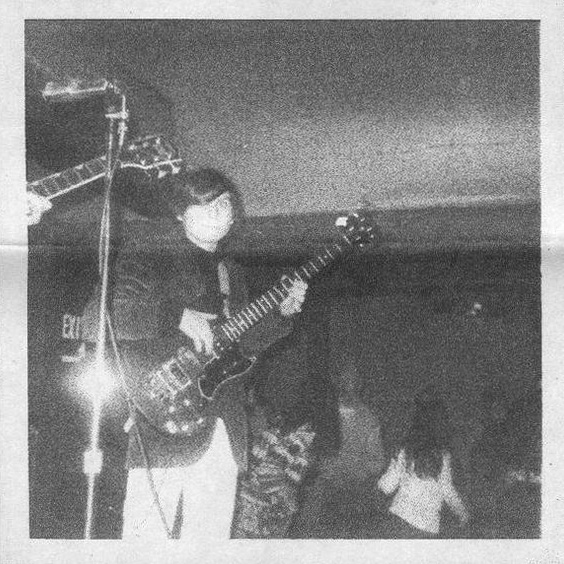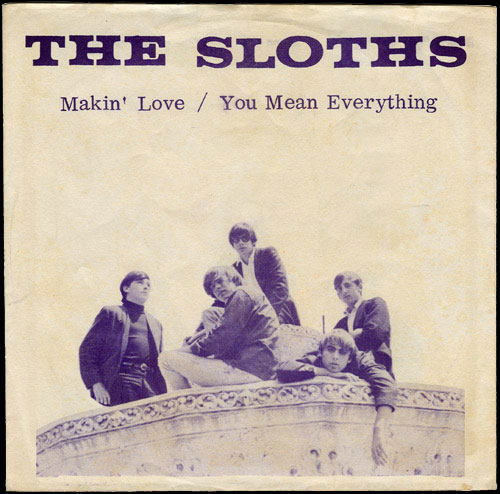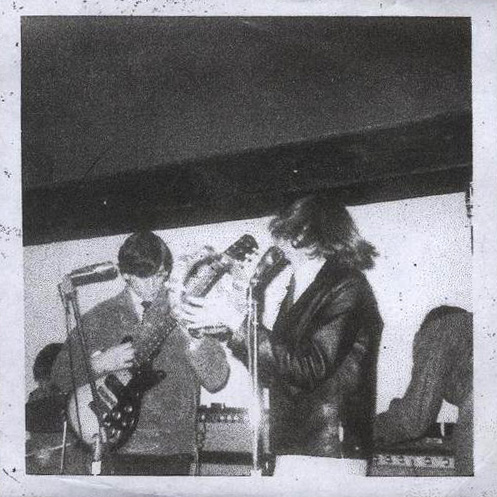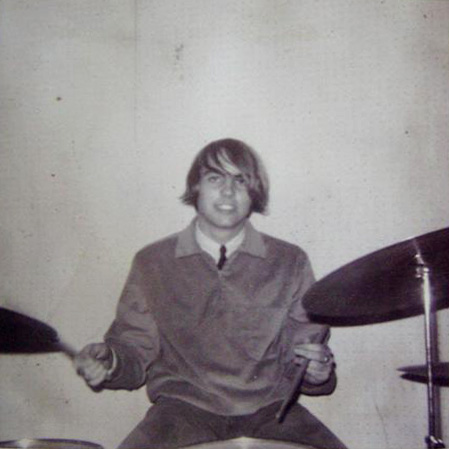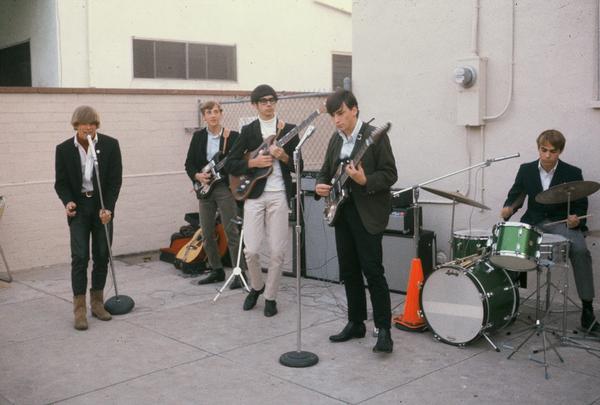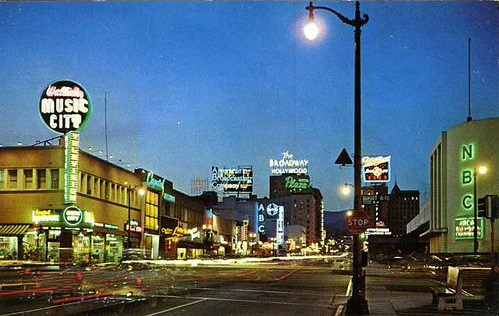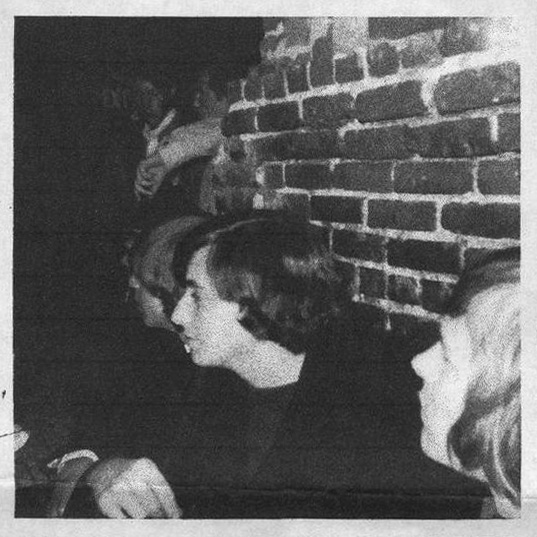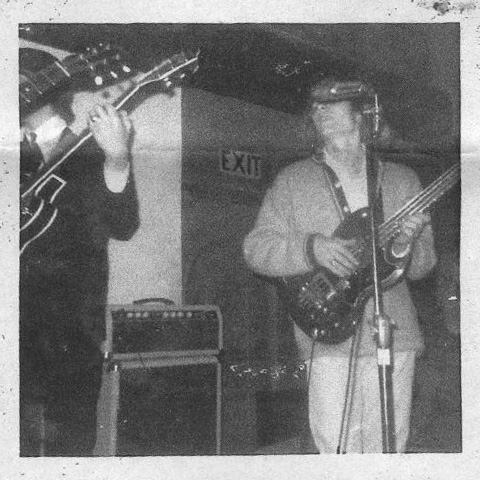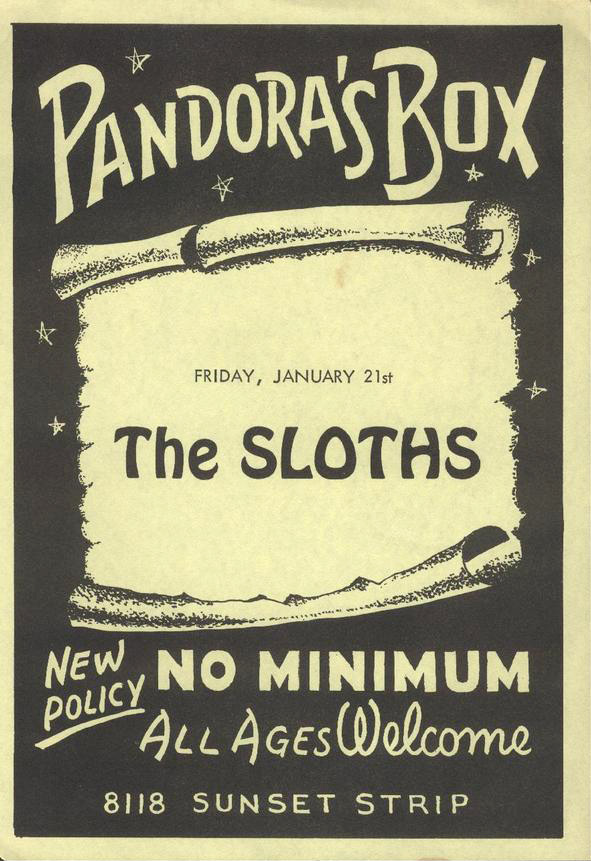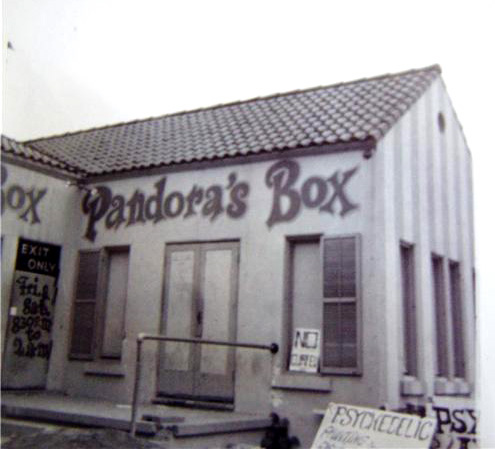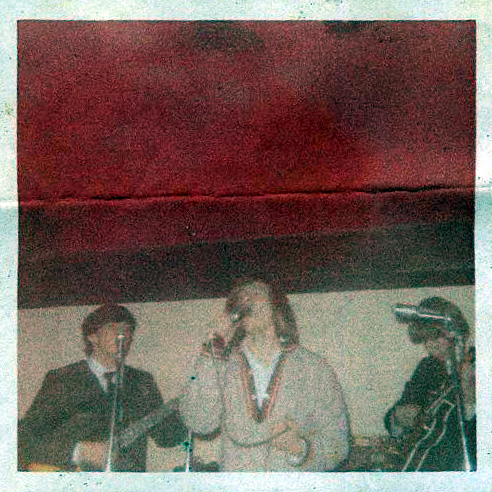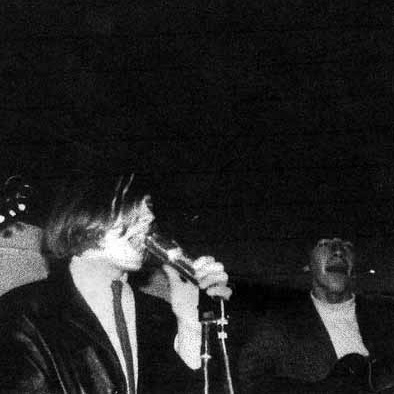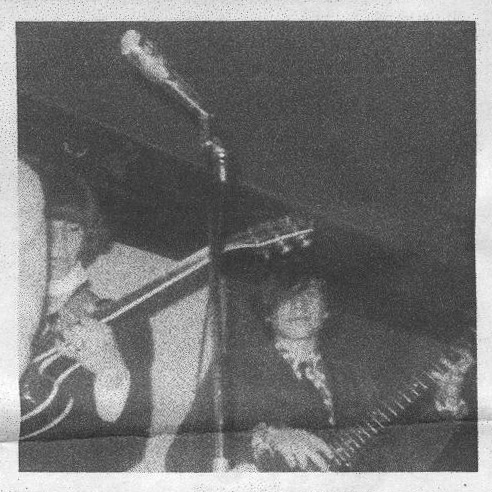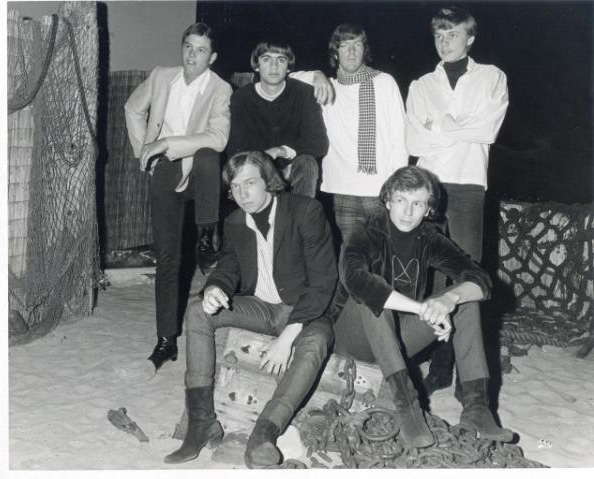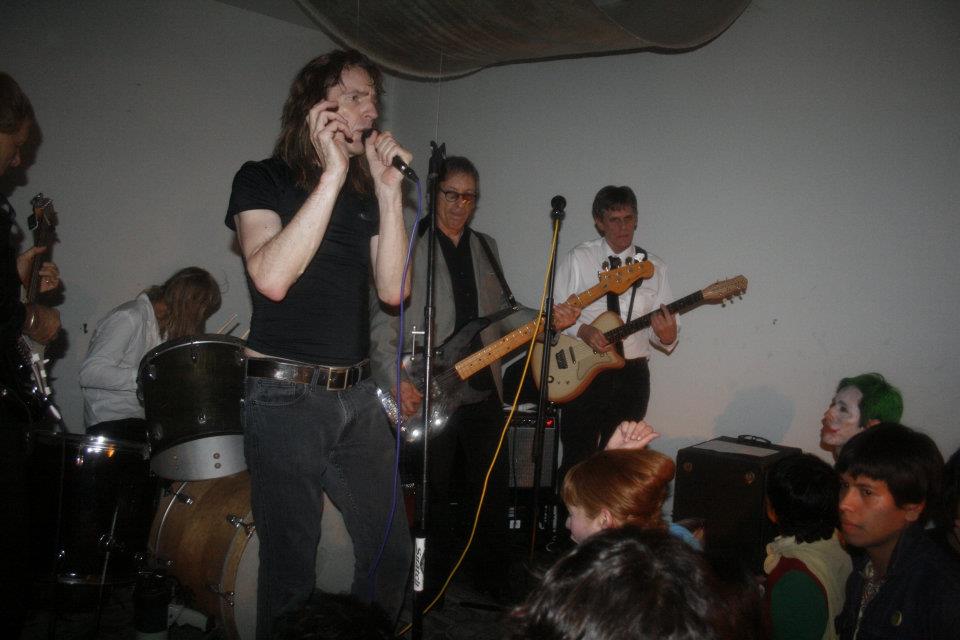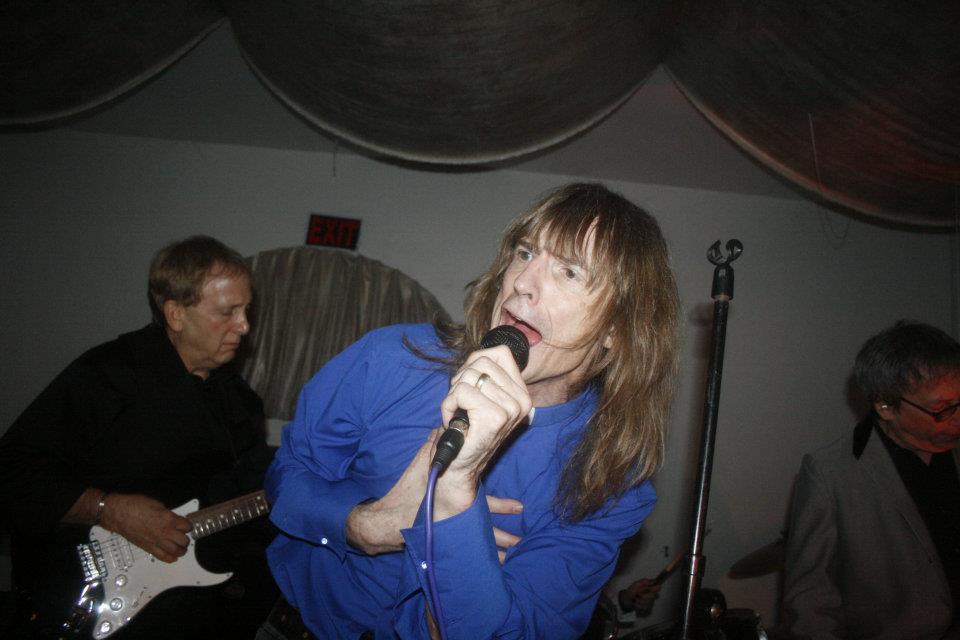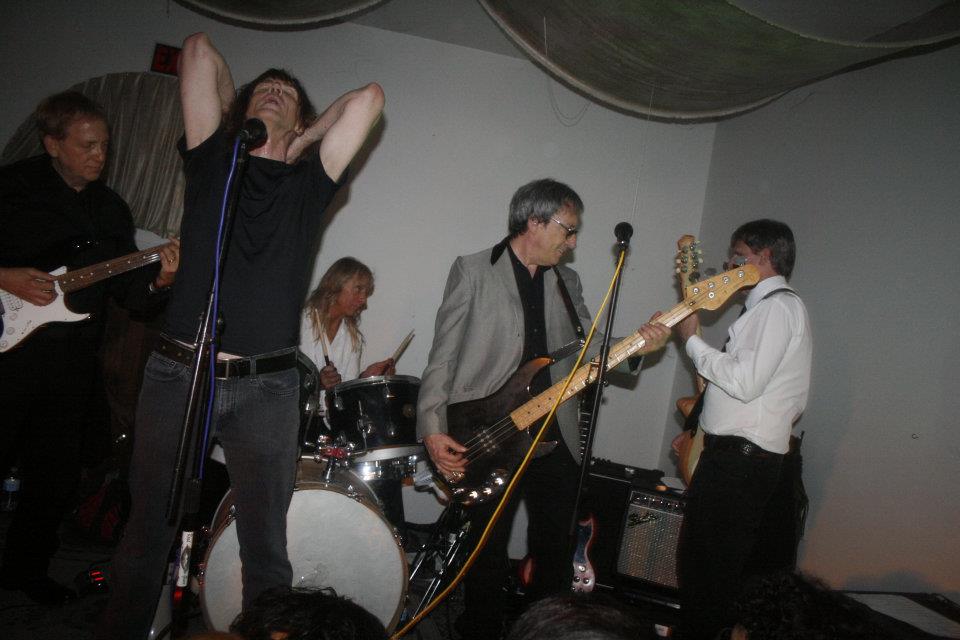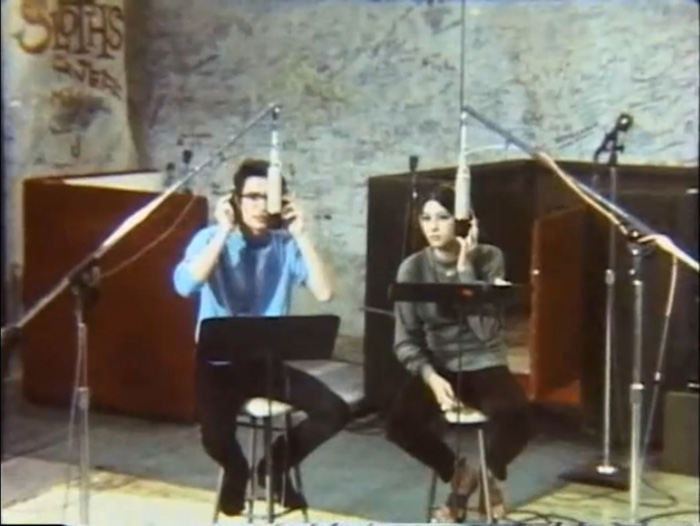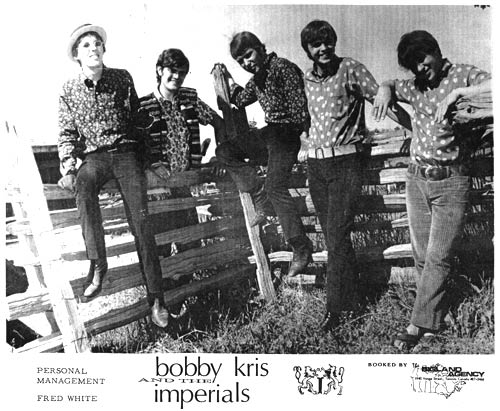
Matt Faulkner spoke to Bob Burrows, vocalist and leader of Bobby Kris and the Imperials, and writes this article about the group:
Bobby Kris and the Imperials stood at the front of Toronto’s fruitful R&B scene in the mid-60s, alongside other notable acts like Richie Knight and The Mid-Knights, Mandala and Little Caesar and the Consuls. The group was one of the fourteen groups to take stage at the legendary “Toronto Sound” show at Maple Leaf Gardens, where they shared the stage with Toronto garage and psych greats such as Luke and the Apostles, The Ugly Ducklings, and the Paupers.
Originally titled J.S. and the Imperials, with Jimmy Snowden on vocals, the group had a number of lineup changes and recruitments from other bands. In early 1965, Bobby Kris joined the line up, and shortly after the key recording line up of the band was formed.
Bobby Kris (Bob Burrows) – vocals
Jerry Mann (aka Jerry Shymanski) – tenor sax
Rick Loth – tenor sax
Marty Fisher – piano
Gene Martynec – guitar
Dave Konvalinka – bass
Gordon MacBain – drums
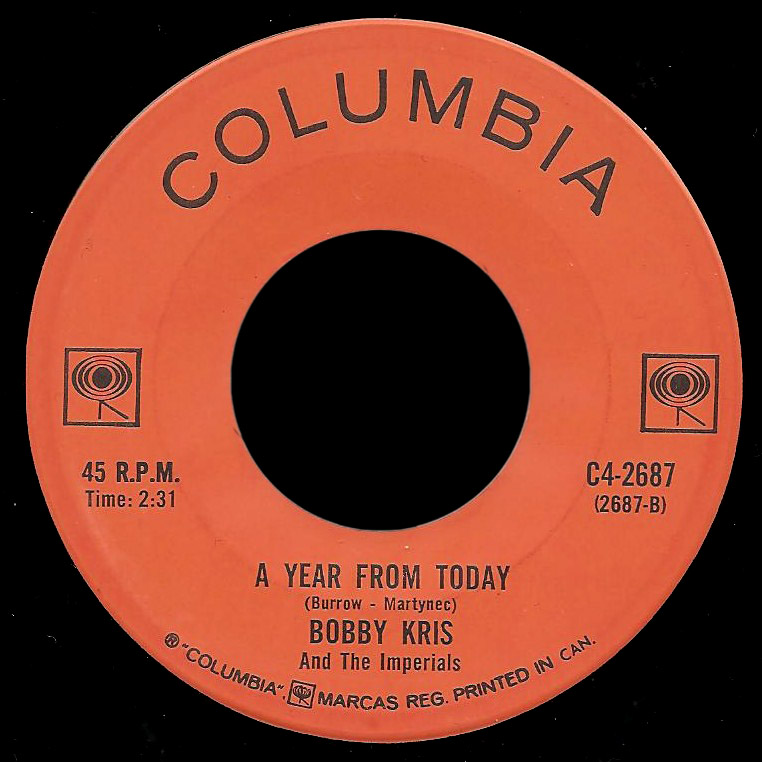 The band fashioned themselves primarily an R&B outfit, having a hit with the Dionne Warwick classic “Walk On By”, and boasting a seven part line up, including two saxophones and keyboards. However, their recorded output does little to reflect this side of their sound, as the bulk of the songs on their two singles are more on the folky garage side of things. “Walk on By” was in fact the B-side of their first single, with the Bobby Kris/Gene Martynec penned “Travellin’ Bag” on the top side.
The band fashioned themselves primarily an R&B outfit, having a hit with the Dionne Warwick classic “Walk On By”, and boasting a seven part line up, including two saxophones and keyboards. However, their recorded output does little to reflect this side of their sound, as the bulk of the songs on their two singles are more on the folky garage side of things. “Walk on By” was in fact the B-side of their first single, with the Bobby Kris/Gene Martynec penned “Travellin’ Bag” on the top side.
Their second single was fronted with a cover of Dylan’s “She Belongs to Me”, and a Byrds-like Kris/Martynec original, “A Year from Today” on the flip. It only took a lone three hour recording session for all four tracks to be laid down by the group, whom at the time consisted of Bobby Kris on lead vocals, Marty Fisher on keyboard, Gord MacBain on drums, Dave Konvalinka on bass, Gene Martynec on guitar, and Jerry Mann and Rick Loth sharing saxophone duties. Despite the recordings being a departure from their regular material, these singles hold up as worth while listening today, with “Travellin’ Bag” being one of my personal favourite recordings to come from the mid-60s “Toronto Sound”.
“We wrote the two songs as you know. To the best of my recollection we never played either one of them ever again,” said Kris, in one of our many online conversations. “For our normal fan base in Toronto, those songs were, well… an embarrassment, which explains why we never played them live. People who were into James Brown and Ray Charles didn’t want to hear Herman’s Hermits. If we played ‘Travellin’ Bag’ at one of those dances people would have thrown stuff at us.”
“The powers that be behind the recording session – including that wizard in the control room Stan and our supposed manager at the time, Fred White – determined that rhythm and blues was dead meat and that the only way for us to be successful was to make British style recordings. It didn’t occur to them that a lot of those British bands were in fact listening to American R&B. They didn’t want us to record ‘Walk On By’ at all. Not sure how we got away with that. In fact it was the B-side to ‘Travellin’ Bag’. Thankfully some DJ in Toronto turned it over! For some reason or other Eugene and I got commandeered or volunteered to write some songs, although we had never written any songs before. Somebody stumbled across a Dylan song that nobody had covered yet that we all liked. Not sure who did the arrangement on ‘She Belongs to Me.’ Likely Konvalinka.”
“We continued to be an R&B band after the session. We ended up trying some rather extreme experiments with some really fundamental blues songs by Robert Johnson and Muddy Waters and such that was somewhat imitative of The Hawk’s recording with John Hammond Jr. – So Many Roads. But even then we were still fundamentally in the same musical neighbourhood. Unfortunately the pressure from all these supposed wise men to change our evil ways led to us throwing out the horns. No more three-piece silk and wool suits. Now we had flowery shirts or polka dots. Talk about not cutting your own path. Everyone in the world was doing that. Chances of being ‘discovered’ in that environment were about the same as winning the lottery. They say Robert Johnson sold his soul to the Devil. We sold ours to a bunch of dorks on Yonge St.”
“By the way, not long after that, along came Paul Butterfield and others who showed there was still a great market for that approach and style. We did have lots of fun eventually covering a new kind of material. We tried to be selective about it, and still leaned towards the bluesier stuff. That was the most fundamental problem Bobby Kris and The Imperials always had: We were exclusively a cover band. That’s mostly because we were playing teen dances and, later, bars where people expected to hear certain tunes, and you either played them or you didn’t play there. There was very little if any interest in original material in those venues.”
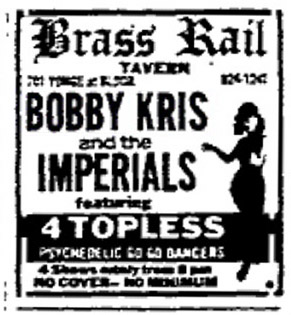 When doing some research on the group, I stumbled upon an interesting ad for one of the band’s shows later in their career. It was in 1968 at the Brass Rail Tavern, and the ad boasted that the show would feature “4 Topless Psychedelic Go-Go Dancers”. “We drank our brains out to get through the night there,” was Kris’s only remark.
When doing some research on the group, I stumbled upon an interesting ad for one of the band’s shows later in their career. It was in 1968 at the Brass Rail Tavern, and the ad boasted that the show would feature “4 Topless Psychedelic Go-Go Dancers”. “We drank our brains out to get through the night there,” was Kris’s only remark.
During their tenure, the group managed to share the stage with an impressive list of bands, including The Lovin’ Spoonful, The Beach Boys, Jose Feliciano, and Wilson Pickett, who at the time boasted Jimi Hendrix on guitar. Hendrix actually joined The Imperials on stage during one of their sets at the Night Owl. However, by late 1967, enough band members had gone on to other projects, that the group decided to call it quits.
Gene Martynec went on to form Kensington Market in May, and in September Marty Fisher and Gord MacBaingot recruited for Bruce Cockburn’s Flying Circus. Kris auditioned for the vocal position in Flying Circus with a favourable outcome, until, as Kris puts it “they decided that no one could sing Bruce’s songs better than Bruce, which was true.” Kris went on to front Livingstone’s Journey for a brief period before reforming an altered line up of The Imperials in mid-1968. A year later Gord MacBain left the reformed Imperials to go to England and join Mapleoak with Marty Fisher and original Kinks bassist, Pete Quaife, and thus Bobby Kris and the Imperials were done for good.
Special thanks to Nick Warburton and Bob Burrows (aka Bobby Kris). You can check out Nick’s article for a more detailed history of the band here.
Thanks also to Ivan Amirault for the RPM article scans.
Bobby Kris also put out an EP in 1995 titled “Now” which you can check out on iTunes.
Nick Warburton assembled this list of advertised live shows:
Advertised gigs
June 18 1965 – Mimicombo, Mimico, Ontario
July 9 1965 – Jubilee Auditorium, Oshawa, Ontario
July 17 1965 – Purple Candle Club, Wasaga Beach, Ontario
August 7 1965 – Purple Candle Club, Wasaga Beach, Ontario (new line up with Wayne and Loth)
August 27 1965 – Dunn’s Pavilion, Bala, Ontario
August 28 1965 – Club 888, Toronto
September 4 1965 – Club 888, Toronto
September 24 1965 – Mimacombo A Go-Go, Mimacombo, Ontario
November 5 1965 – Jubilee Auditorium, Oshawa, Ontario (not sure about date)
November 28 1965 – Avenue Road Club, Toronto
December 18 1965 – Club 888, Toronto
December 25 1965 – Gogue Inn, Toronto with The Sparrows and The Twilights
December 26 1965 – Hop in the park, Toronto
January 28 1966 – Jubilee Auditorium, Oshawa, Ontario
January 29 1966 – The Hawk’s Nest, Toronto
March 19 1966 – North Toronto Memorial Arena, Toronto
April 13 1966 – O’Keefe Centre, Toronto with National Ballet Company and Susan Taylor
April 15 1966 – North Toronto Memorial Arena, Toronto
May 8 1966 – Massey Hall, Toronto with The Lovin’ Spoonful, The Big Town Boys and Little Caesar & The Consuls
May 14 1966 – The Hawk’s Nest, Toronto (one of Wayne and Loth’s final dates)
June 12 1966 – Modern Age Teen Lounge, Toronto (one of Davis’ first dates)
June 26 1966 – Broom and Stone, Scarborough with The Five Rogues
July 8 1966 – Balmy Beach Club, Scarborough, Ontario
July 9 1966 – The Hawk’s Nest, Toronto
July 13 1966 – Whitby Arena, Whitby, Ontario with The Five Rogues, The Ugly Ducklings and Jon and Lee & The Checkmates
July 20 1966 – Don Mills Curling Club, Don Mills, Ontario with Jon and Lee & The Checkmates, The British Modbeats and Dunc & The Deacons
July 22 1966 – Jubilee Auditorium, Oshawa, Ontario
July 23 1966 – Hunter’s Beach Pavilion, Lake Simcoe, Ontario
July 26 1966 – Balmy Beach Club, Scarborough, Ontario
July 30 1966 – Purple Candle Club, Wasaga Beach, Ontario
July 30-31 1966 – Purple Candle Club, Wasaga Beach, Ontario with R K & The Associates
August 2 1966 – North Toronto Memorial Arena with The Stitch In Tyme and Luke & The Apostles (one of Shymanski’s final dates?)
August 20 1966 – The Hawk’s Nest, Toronto
August 21 1966 – Jubilee Auditorium, Oshawa, Ontario
August 30 1966 – North Toronto Memorial Arena with The Five Rogues and The Fiends
September 3 1966 – Port Carling Surf Club, Port Carling, Ontario
September 9 1966 – Hawk’s Nest, Toronto
September 16 1966 – Jubilee Auditorium, Oshawa, Ontario
September 24 1966 – Maple Leaf Gardens with The Last Words, Luke & The Apostles, The Ugly Ducklings, The Tripp, The Paupers, The Big Town Boys, The Stitch In Tyme, The Spasstiks, Roy Kenner & The Associates, Little Caesar & The Consuls and others
September 30 1966 – Gogue Inn, Toronto (blue room)
October 8 1966 – Club 888, Toronto with The Tripp
October 22 1966 – Club Kingsway, Toronto with Sam The Sham & The Pharaohs, The Ugly Ducklings and The Ardels
November 27 1966 – El Patio, Toronto
December 18 1966 – Boris’, Toronto
December 23 1966 – Horseshoe Valley, Barrie, Ontario
January 6 1967 – Gogue Inn, Toronto with A Passing Fancy and The Dana
January 27 1967 – Shelburne Arena, Shelburne, Ontario
March 1967 – The Syndicate Club, Toronto
March 24 1967 – The Hawk’s Nest, Toronto with Franklin Sheppard and The Good Sheppards and R K and The Associates
May 13 1967 – Whitby Arena, Whitby, Ontario with Shawne Jackson, Jay Jackson & The Majestics, The Last Words, E G Smith & The Power, Jack Hardin & The Silhouettes, Roy Kenner & The Associates, The Tripp, The Ugly Ducklings and others (possibly one of Martynec’s final dates)
May 27 1967 – The Hawk’s Nest, Toronto
June 9 1967 – The Hawk’s Nest, Toronto
June 10 1967 – Scarborough Arena Gardens, Scarborough, Ontario with Eddie Spencer & The Mission, The Magic Circus, The Tripp, Roy Kenner & The Associates, The Lords of London and others
June 16 1967 – Bramalea Arena, Bramalea, Ontario with James and Bobby Purify with The Mission
June 17 1967 – Don Mills Curling Club, Toronto with The Symbol
July 29 1967 – Broom and Stone, Scarborough with BTB 4 and The Dynamics
June 13-14 1968 – The Night Owl, Toronto
July 19 1968 – Brass Rail Tavern, Toronto
October 5 1968 – The Hawk’s Nest, Toronto
June 19-21 1969 – The Night Owl, Toronto
Dates taken from the Toronto Telegram’s After Four section, Globe and Mail and Toronto Star.
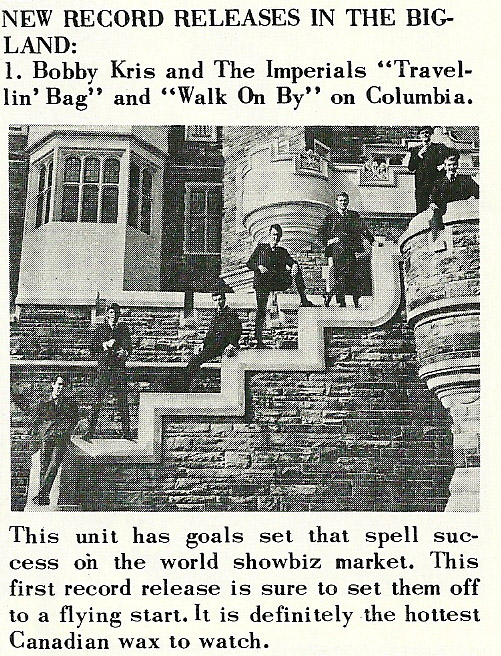
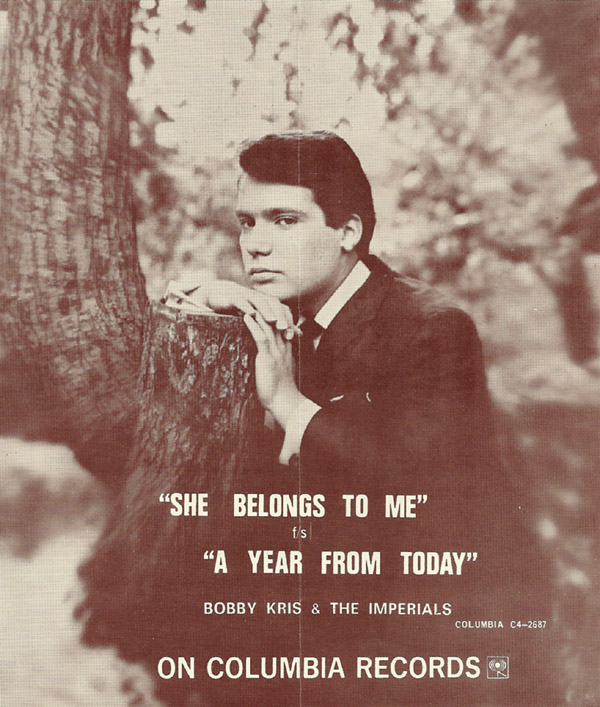

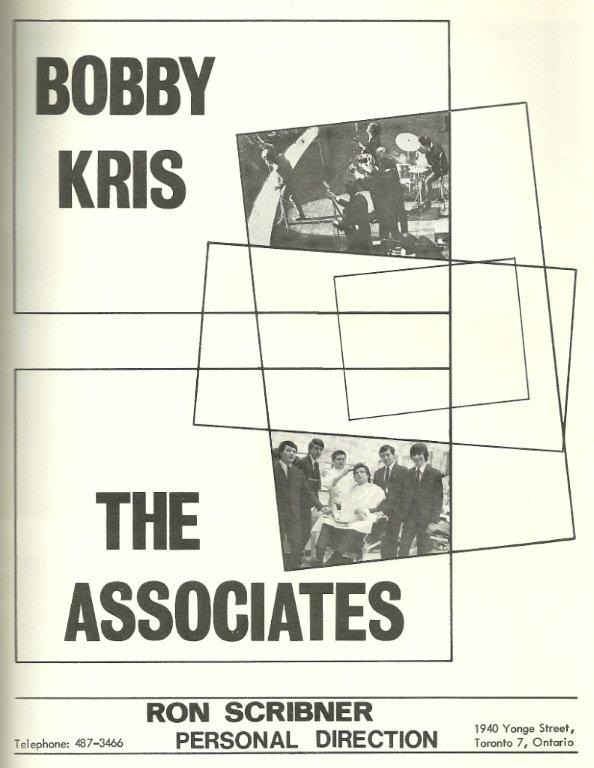


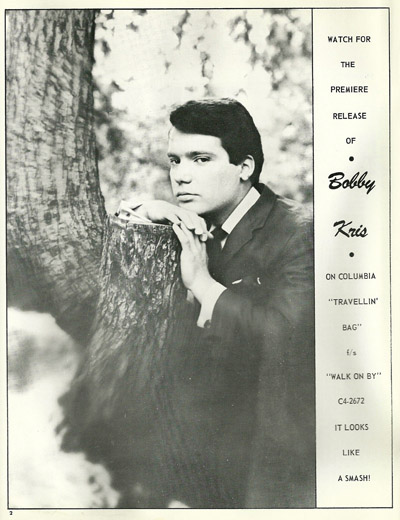
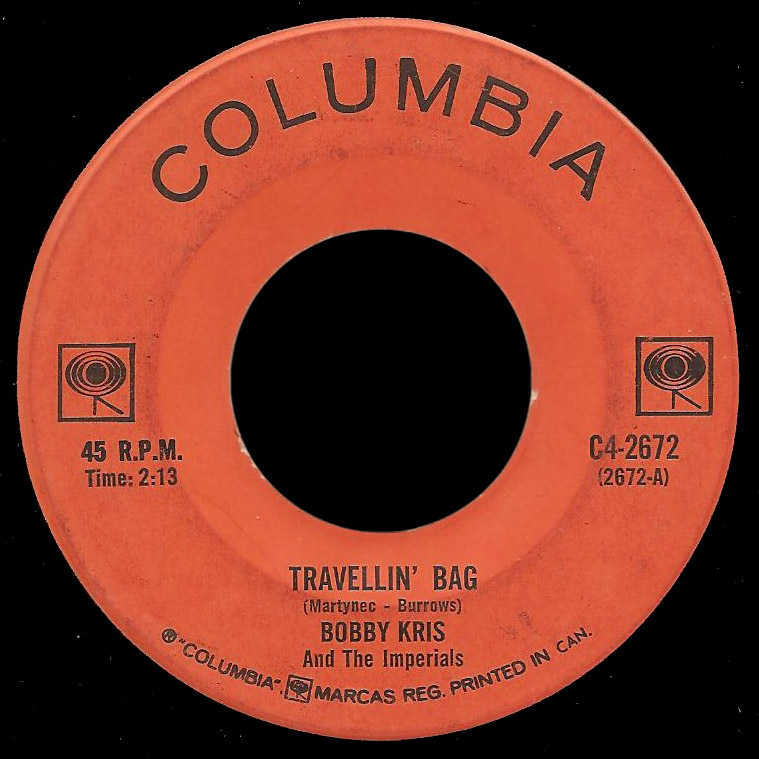
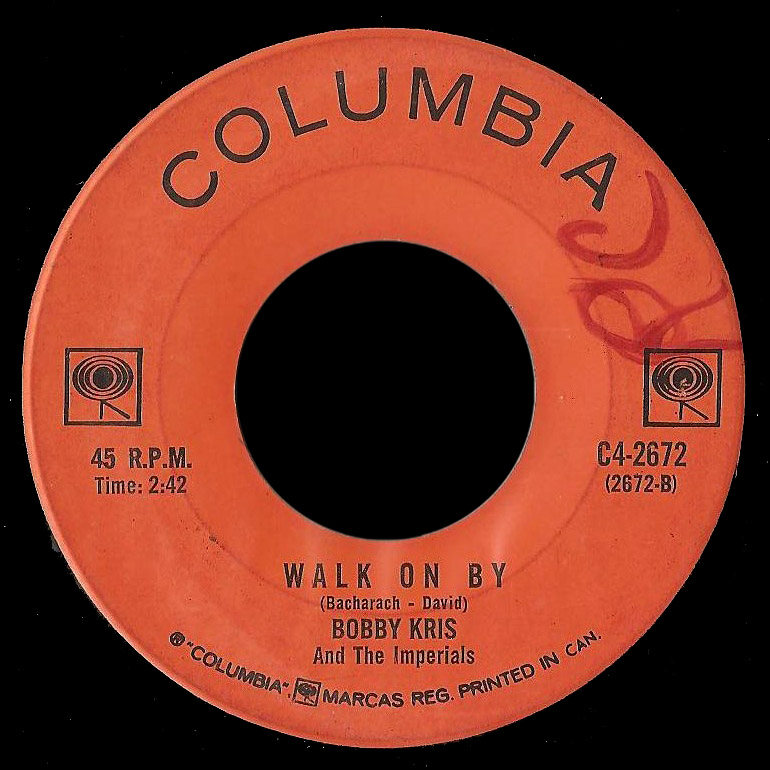
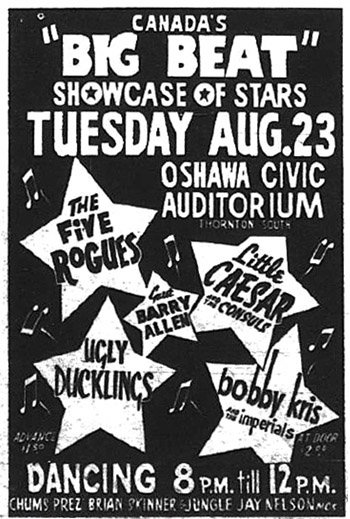
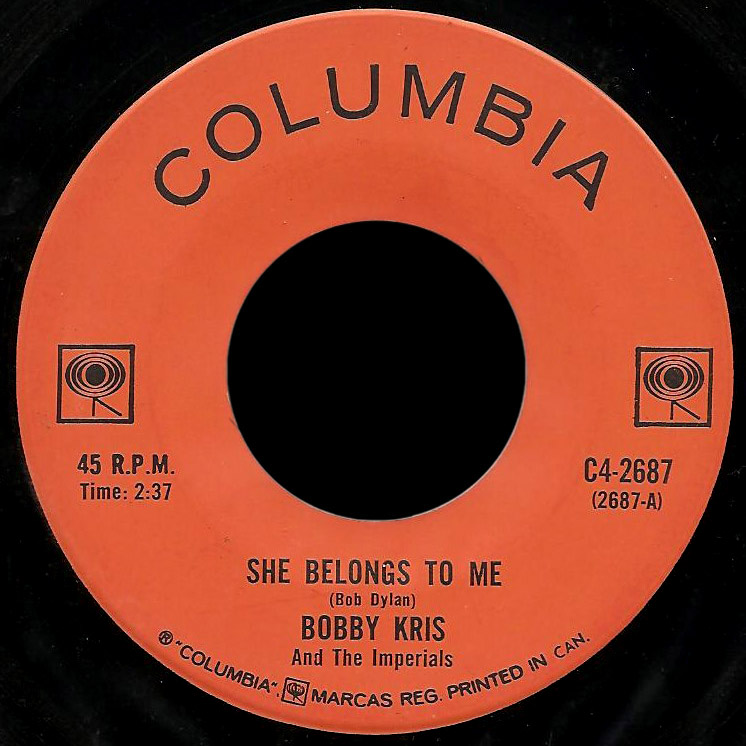

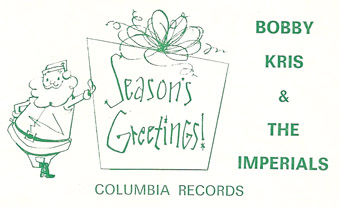
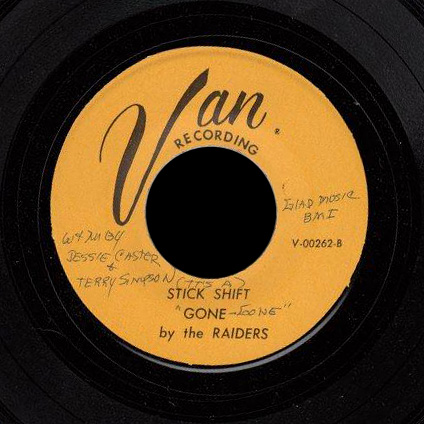


 02365 – Larry Dallas – Cheatin’ Woman (Louis Hobbs) / Have I Waited Too Long (also on Majestic 1001)
02365 – Larry Dallas – Cheatin’ Woman (Louis Hobbs) / Have I Waited Too Long (also on Majestic 1001)